How to Add a Fireplace to Your House – Planning Guide
Fireplaces not only add exceptional ambience to your home but are also a valuable source of heat in cold areas, helping you save money on your heating bills. However, if you do not have a fireplace in your home, you can certainly get one installed, but for this, you first need to know the types of fireplaces.
Fireplaces are simply aesthetic, providing a decorative charm, adding warmth, and value to your living space.
We encourage our customers to take advantage of the decorative and warming qualities that fireplaces provide; since we offer an opportunity for homeowners to enhance their homes with efficient fireplaces.
In this article, we will share some suggestions on how to add a fireplace to your house, though installing a fireplace on your own is difficult. That’s why it’s highly recommended to contact chimney and fireplace specialists for gas fireplace servicing; they will walk you through these three steps; inspection, consultation, and installation.
Call Us at 877-959-3534 for Chimney Service
Choose the Right Fireplace For Your House
When choosing the right fireplace for your home, you must know what kind of fireplace you want. There are different types of fireplaces, and each one is different in terms of features and cost.
However, to help you decide on the best fireplace for your home, we have summed up the types of fireplaces. But nowadays, gas fireplaces are the most popular ones.
Three Types of Fireplaces
Before adding the fireplace for comfort and coziness that everyone loves to have inside their home – you need to know these three types of fireplaces.
Here are the three types of fireplaces:
- Masonry wood-burning fireplaces
- Gas fireplaces
- Zero-clearance fireplaces
Masonry Wood-Burning Fireplaces
Masonry wood-burning fireplaces look simple, antique, and are quite expensive.
A real masonry fireplace consists of a framework of cement blocks that include the firebox, flue, and chimney. In two-story houses, the choices for placing a fireplace might be limited. But still you can find the 12- to 14-inch space that is required for the masonry wood-burning fireplace.
Masonry wood-burning fireplaces are made of a brick/stone firebox or chimney, and a mantel, usually made of wood. Before buying a masonry wood-burning fireplace, some things to consider are; the size of your fireplace, the type of fuel you will use, and the installation.
However, these fireplaces are very common and look quite beautiful.
Gas Fireplaces
Gas fireplaces are one of the most popular types of home furnaces because they are easy to use and install. These appliances use natural gas or propane gas to create heat and flame, making them EPA-certified for indoor air quality.
You can simplify your life with the ease and beauty of an indoor gas fireplace. You can add this type of fireplace for decoration purposes in your home and to give it a warm and welcoming feel.
Installation of a gas fireplace usually takes around a day or a day and a half, because the process of installation is quite long. The installed fireplace further needs to be connected with the supplied gas line, where it uses the fraction of the fuel. These fireplaces also tend to be very reliable, with a longer lifespan as compared to other types.
There are three main types of gas fires: open hearth, closed hearth, and direct venting. You can choose any of them as per your needs and requirements.
In addition, gas fireplaces start with the flip of a switch and are easy to clean and maintain. If you have been looking for gas fireplace cleaning and repair, then call the fireplace repairman.
3. Zero-Clearance Fireplaces
If you’re looking for a low-cost fireplace option, consider a fireplace with no clearance or a built-in fireplace. These are lightweight fireplaces with a linear design to keep up with more modern tastes.
However, if you compare zero-clearance fireplaces with masonry fireplaces, they are easier to install and require much less construction work. It can be installed in any room, even over hardwood floors and inches away from existing walls.
Most zero-clearance fireplaces use electric or gas logs that you can buy, store, and replace like a regular appliance.
If you’re still looking for a traditional fireplace that will add character and elegance to your home, Masonry wood-burning fireplaces are the best option. However, consider a gas fireplace if you need more space and value for money. They’re easy to install and maintain and have efficient heating quality.
Call Us at 877-959-3534 for Chimney Service
How to Add a Fireplace to Your House?
Now that you have a better understanding of the different types of fireplaces and their features, it’s time to learn how to add a fireplace to your house.
The three steps you should follow to add a fireplace in your home:
- Inspection
- Consultation
- Installation
Inspection
Before starting any project, it is important to have an inspection done inside the house. It will help you determine the size and type of fireplace that will best fit your home.
Consultation
Once you have decided on the type of fireplace and its features, you must consult a professional fireplace repairman. He will be able to walk you through all of the installation steps and make sure everything goes smoothly.
Installation
Finally, after all the preparations are made, the installation will take place in the selected space in your home. A professional fireplace repairman from High’s Chimney will arrive at your home and install the fireplace according to your specifications.
Call Us at 877-959-3534 for Chimney Service
The post How to Add a Fireplace to Your House – Planning Guide appeared first on Highs Chimney.
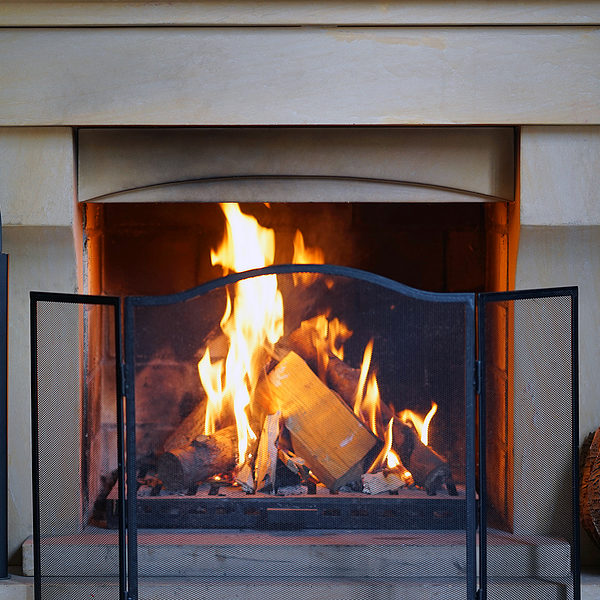 How Fireplaces & Chimneys Cause Energy Bills to Rise
How Fireplaces & Chimneys Cause Energy Bills to Rise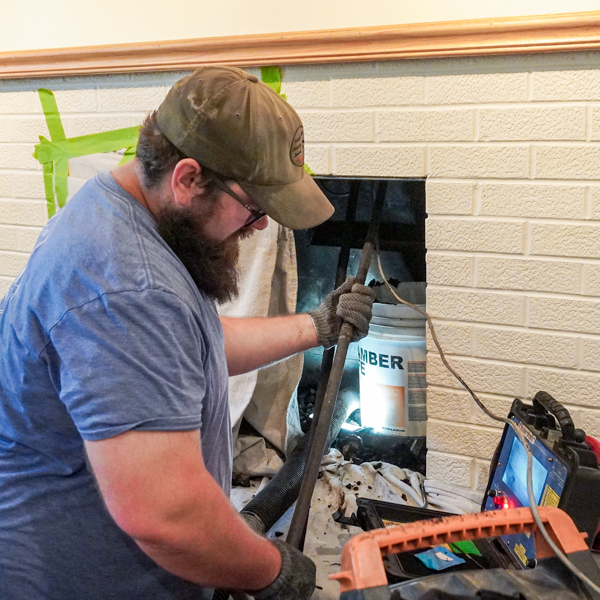


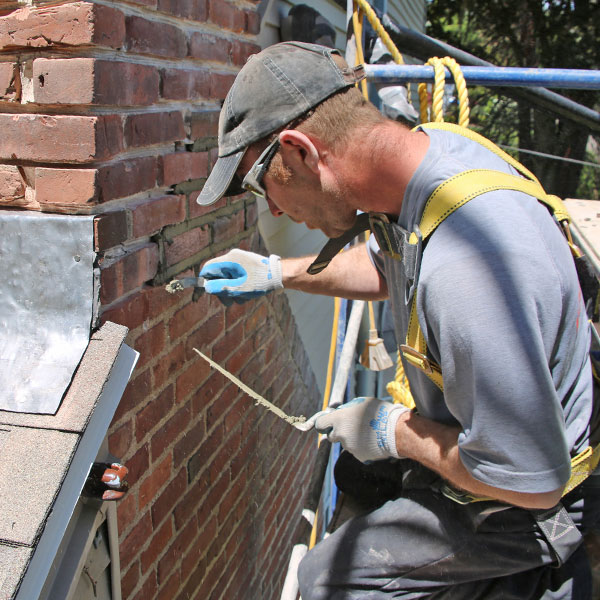 Tuckpointing
Tuckpointing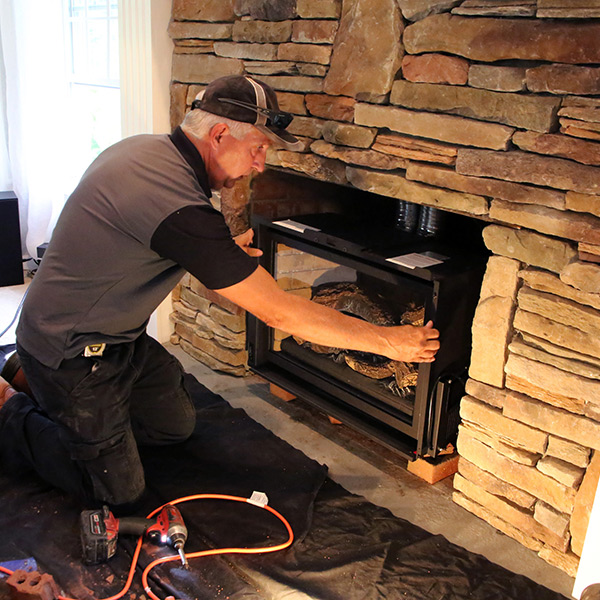
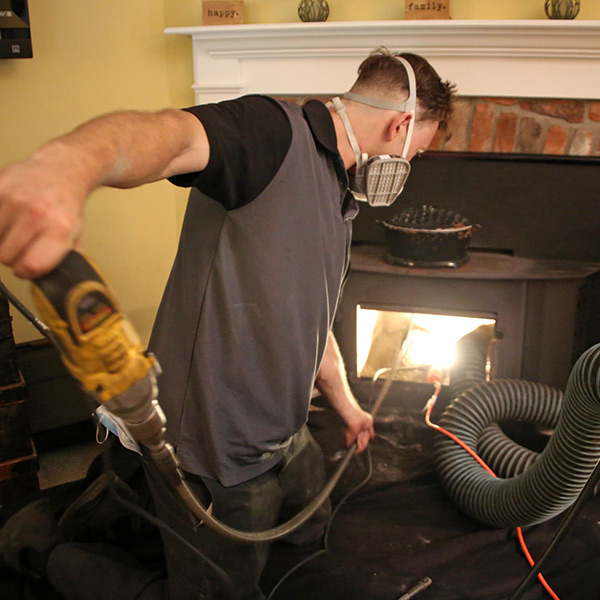 Creosote buildup
Creosote buildup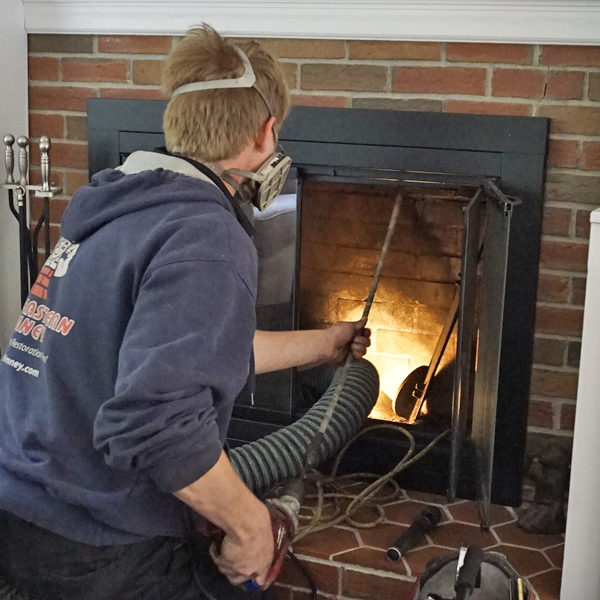 Ash
Ash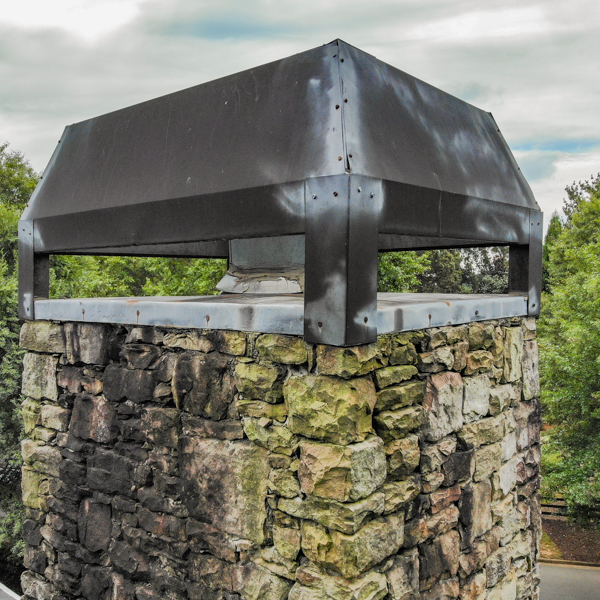 Green Stains
Green Stains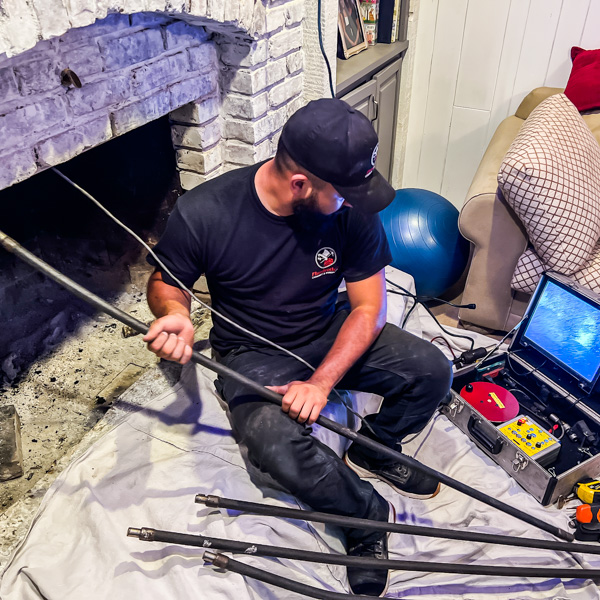 Besides scheduling a chimney inspection, it’s wise to invest in a waterproofing product since many stains are caused by moisture. Waterproofing prevents many moisture-related stains and extends the lifespan of your chimney.
Besides scheduling a chimney inspection, it’s wise to invest in a waterproofing product since many stains are caused by moisture. Waterproofing prevents many moisture-related stains and extends the lifespan of your chimney.